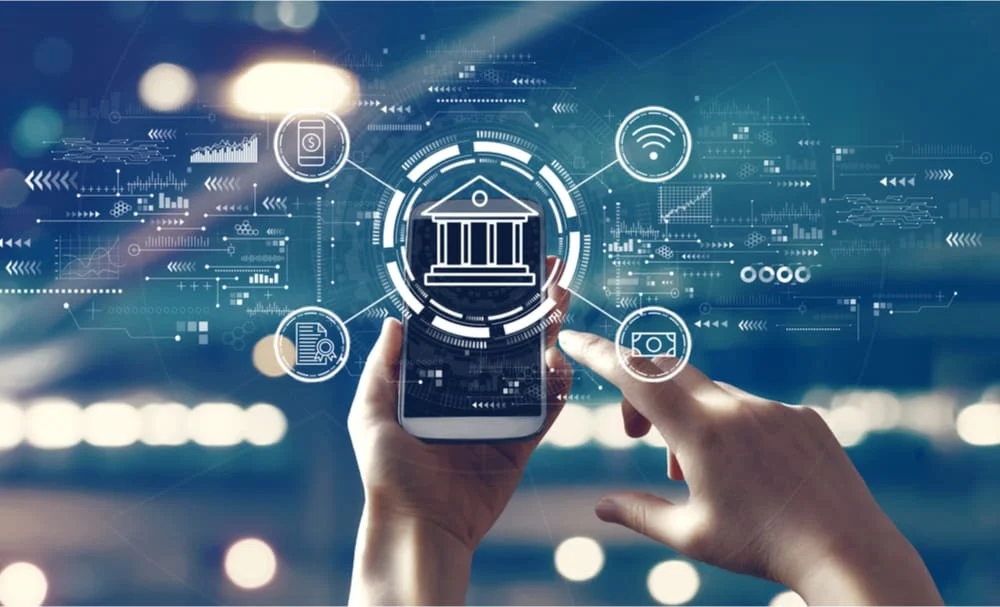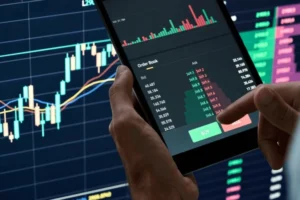Fintech, or financial technology, includes mobile banking apps and UPI app, which are now considered an essential component of the banking experience and something customers look for when selecting a bank. Mobile banking apps used to be only a simple method to check balances. Due to the fierce competition in the banking sector, new and distinctive features are being developed by banks to obtain a competitive advantage in the mobile banking market.
Mobile banking or UPI app bank is the way of the future of finance as the twenty-first century progresses. Cell phones will alter how we bank and manage our finances, just as they have revolutionized how we interact and access information. In this article, we will give you a forecast of upcoming trends in the mobile banking industry.
- Open banking is a different trend that has been shaking up the market recently. With this innovative technology, banks may distribute their banking data to startups and other parties which can beutilizedto create new fintech products, such as financial analytics apps. The open banking API is currently in overdrive as numerous nations, like the EU, India, and the US, introduce available API rules to speed up this procedure. However, many nations areyet to enact open banking into their legal systems. This mobile banking movement is anticipated to have a long-term impact on the sector.
- Automating payments and banking operations are now a reality thanks to the development of mobile banking. Automating transfers, bill payments, direct debit setup, and other tasks is possible with AI-based technology combined with machine learning. UPI apps have already started experiments with AI-based technology. Customers will have greater control and be able to manage their accounts more simply, thanks to the future trend in mobile banking. Additionally, since there is no chance of human error, automation inbanking and payment processes is a terrific approach to guarantee the security of consumers’ money.
- Wearable technology, such as smartwatches and trackers, will also be a part of mobile banking. These devices can monitor account balances, send money, and make payments. Since mobile banking devices require two-factor authentication for additional security and biometric authentication or a PIN code to access accounts, wearable technology adds extra security to mobile banking. Additionally, this technology enables users to transact on the go without a physical card or bank account.
- The usage of blockchain technology for KYC and customer due diligence will rise. Financial institutions’ KYC and client due diligence initiatives are anticipated to move to decentralized platforms in 2023 due to the growing use of digital identities. These platforms are expected to store customer data on distributed ledgers, allowing for better identity verification during know-your-customer (KYC) checks, decreased data storage costs, and enhanced data security procedures.
- Future developments in mobile banking are increasingly embracing cloud storage. Customers no longer need to carry physical cards or paperwork because they may safely keep their financial information online. Cloud storage also makes sure that client data is not misplaced or compromised. The fact that customers can access their accounts from any device with an internet connection enhances the security of online banking services. Additionally, cloud storage enables customers to have mobile access to their accounts, allowing them to conduct transactions and monitor account balances easily.






More Stories
Supported Living vs General Needs – Choosing the Right Social Housing Investment Model
Copy your trading strategies live with cloud technology
Understanding How AI Transforms the World of Online Trading